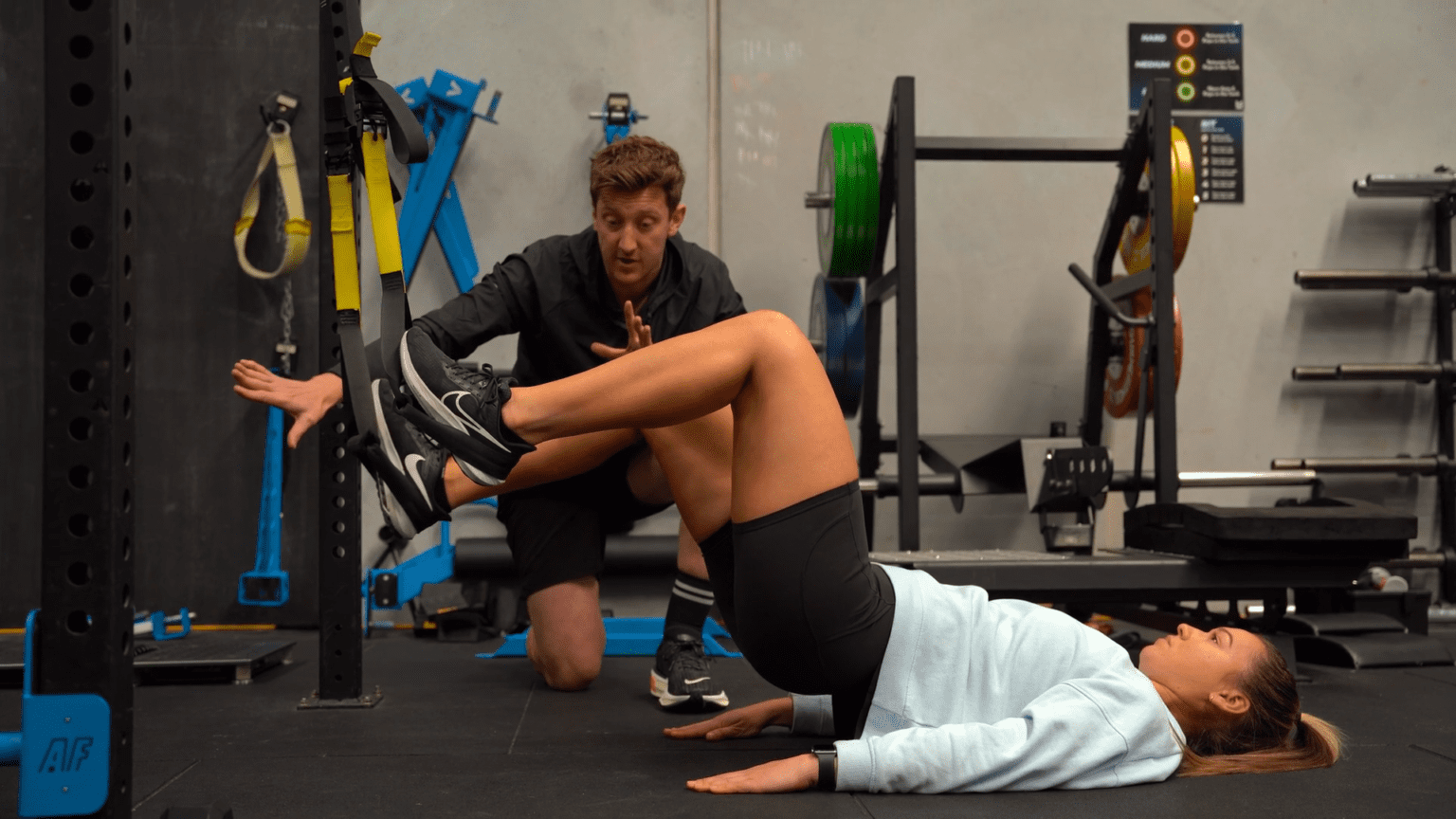Hamstring injuries frequently hamper endurance athletes, particularly those engaged in long-duration events under challenging conditions. Their management is vital not only for recovery but also for optimizing performance. Understanding the specifics of hamstring strains—whether they’re a result of high-speed running or leading to complex tissue involvement—is critical for tailoring rehabilitation programs that align with an athlete’s performance goals.
When devising a rehab plan, it is imperative to start with a comprehensive evaluation that takes into account both the type of injury and the desired return to performance. This nuanced approach extends beyond traditional methods by considering the athlete’s end goals, such as maintaining peak performance in marathons or ultra-endurance races. Athletes should engage in discussions with their physiotherapists to articulate their objectives closely, which will refine the rehabilitation trajectory.
Early-stage rehabilitation plays a foundational role in the journey back to competitive performance. Contrary to misconceptions that advice may center around complete rest, a balance must be struck between tissue protection and gradual loading. Early intervention can be underestimated; it’s not merely about alleviating pain but also about promoting the restoration of functionality. For example, assessing pain-free walking or engaging in light cycling can serve as essential benchmarks for gauging progression.
Mobility restoration early in the rehabilitation phase is critical. Athletes should seek intervention that addresses not only the immediate site of injury but also any compensatory movements that may have arisen as a consequence of altered biomechanics. Utilizing manual therapy techniques can relieve neural tension and aid in restoring normal ranges of motion across associated muscle groups. By incorporating these practices, athletes can work towards regaining pain-free movement, which paves the way for more rigorous training.
As progression is made, introducing controlled loading is vital. This initial phase often involves low-load exercises that activate the hamstring without placing undue stress on healing tissues. Techniques such as hamstring sliders can facilitate effective rehabilitation without provoking pain. Once these exercises are tolerable, athletes could advance to more challenging movements like eccentric knee extensions using specialized equipment, which helps restore essential fascial and muscular control. This gradual increase in intensity and complexity lays the groundwork for more demanding activities, ultimately leading to strength in hip extension and knee function.
Transitioning to running typically signifies a shift in the rehabilitation process; however, this too requires careful management. The focus must not solely be on returning to speed but also on a structured approach to reconditioning. Implementing low-impact drills can help reinforce proper biomechanics and allow the athlete to adapt to the ground reaction forces experienced during actual running. Ankle dribbles or rhythmic running exercises can effectively condition the body to handle the demands of racing.
Coordination of various elements—such as fueling, hydration, and nutrition—is essential throughout this process. Athletes should pay close attention to their nutrition during recovery, taking advantage of the metabolic window that follows workouts. Consuming a balanced mix of carbohydrates and proteins promotes muscle recovery and replenishment of glycogen stores. Additionally, exploring gut tolerance to different foods and supplements during training can pave the way for optimized fueling strategies during races.
Hydration strategies must also be revisited. Endurance athletes often lose significant fluids and electrolytes through sweat, especially in extreme conditions. Tailoring fluid intake and understanding individual sweat rates enable athletes to maintain optimal hydration levels, which are central to sustaining performance and preventing the risk of further injuries.
Post-exercise recovery can benefit from a diverse range of strategies. While rest is crucial, active recovery techniques that incorporate light movement can expedite cellular repair and promote flexibility. Techniques such as foam rolling and injury-preventative exercises should be woven into the training schedule, serving as vital components of overall conditioning.
In summary, balancing protection with early loading while providing tailored rehabilitation strategies can ensure a successful return to competitive performance. Athletes should lean into individualized recovery plans that align with their unique injuries and performance objectives. This comprehensive approach will maximize the likelihood of not only recovering from a hamstring injury but also enhancing overall athletic performance.
A practical takeaway for endurance athletes is to conduct consistent assessments of pain and mobility in conjunction with their physiotherapy team. By actively participating in their rehab process and communicating openly about their performance goals, they can better navigate the path to recovery while integrating effective fueling and hydration strategies that prime them for their next challenge.
